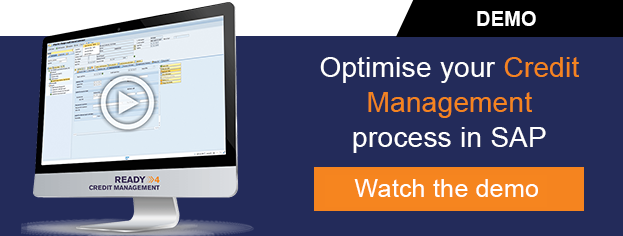Based on our 20 years of expertise and project implementation in the financial domain, using Software-supported credit management is commonplace today. Getting access to key functionalities such as Query of credit agencies, Exchange with payment experience pools or Credit checks and risk assessment are important and, in this period, mandatory to support the alignment within organisations financial expectations.
The aim of an efficient Credit Management strategy is to improve collaboration between departments, break the silos or Chinese walls, for instance, involving the sales organisation within the overall credit limit approval/justification process. Bringing transparency in complex financial steps such as scoring calculation or approval workflow is definitely the way to go. Effective organisations are proposing a 360° view of their critical assets at a glance, allowing key stakeholders to share and decide based on real time information.
Having said that, the most "crucial" part of this process is the integration into the company environment with the consolidation of different data sources (internal/ external) and ERP/CRM.
At SOA People, we help our customers to manage this paradigm shift, turning Data into Actions, and Actions into Performance. Our ready-to-use platform optimises your order-to-cash processes with an end-to-end credit policy, giving you an active role in control and making your supplier credit risk completely transparent.
Credit Manager 2.0 is there to secure business, not acting as a bottleneck or even a black box, they are completely part of the business process and strategy. Effectiveness is everywhere; if a sales department is involved in the early stages of any given interaction with a prospect or customer, they will take appropriate actions based on the financial information available. For risky customers, they can still manage the relationship in a very sustainable way by being proactive, asking for a bank guarantee, pre-payment or limiting the volume of transactions. Therefore, the ERP/CRM integration is crucial, but not only from a technical point of view. The communication channels towards business departments have to be intuitive, real-time, complete and data driven. The User Experience is a key element for an affordable adoption rate.



